Ferenc Joó9781402001956, 1402001959
Table of contents :
000 – 1150_fm.pdf……Page 1
Index……Page 0
Preface……Page 3
Table of Contents……Page 5
1.1 A Personal Look at the History of Aqueous Organometallic Catalysis……Page 9
1.2 General Characteristics of Aqueous Organometallic Catalysis……Page 13
References……Page 17
2. Ligands Used for Aqueous Organometallic Catalysis……Page 19
2.1 Tertiary Phosphine Ligands with Sulfonate or Alkylene Sulfate Substituents……Page 20
2.1.1 Direct Sulfonation……Page 21
2.1.2 Nucleophilic Phosphinations, Grignard-Reactions and Catalytic Cross-Coupling for Preparation of Sulfonated Phosphines……Page 24
2.1.3 Addition Reactions……Page 28
2.2 Tertiary Phosphine Ligands with Nitrogen-Containing Substituents……Page 29
2.3 Phosphine Ligands with Carboxyl Substituents……Page 32
2.4 Hydroxyl-Substituted Water-Soluble Tertiary Phosphines……Page 33
2.5 Macroligands in Aqueous Organometallic Catalysis……Page 35
2.8 Water-Soluble Ligands for Aqueous Organometallic Catalysis – Latest Developments……Page 40
2.9 Solubilities of Tertiary Phosphines and Their Complexes in Water……Page 47
References……Page 48
3. Hydrogenation……Page 54
3.1.1.1 Ruthenium Salts as Hydrogenation Catalysts……Page 56
3.1.1.2 Hydridopentacyanocobaltate(III)……Page 57
3.1.2.1 Catalysts Containing Phosphine Ligands……Page 58
3.1.2.3 Mechanistic Features of Hydrogenation of Olefins in Aqueous Systems……Page 65
3.1.2.4 Water-Soluble Hydrogenation Catalysts with Macromolecular Ligands……Page 73
3.1.3 Enantioselective Hydrogenations of Prochiral Olefins……Page 74
3.1.4 Effect of Amphiphiles on the Enantioselective Hydrogenation of Prochiral Olefins in Water……Page 82
3.2 Hydrogenation of Arenes and Heteroarenes in Aqueous Systems……Page 87
3.3 Hydrogenation of aldehydes and ketones……Page 94
4.1 Introduction……Page 105
4.2 Rhodium-Catalyzed Biphasic Hydroformylation of Olefins. The Ruhrchemie-Rhône Poulenc Process for Manufacturing Butyraldehyde……Page 108
4.3 Aqueous/Organic Biphasic Hydroformylation Butenes and Other Alkenes……Page 112
4.4 Basic Research in Aqueous Organometallic Hydroformylation; Ligands and Catalysts……Page 113
4.5.1 Effects of Water……Page 117
4.5.2 Effects of pH……Page 120
4.6 Asymmetric Hydroformylation in Aqueous Media……Page 122
4.7 Surfactants in Aqueous Hydroformylation……Page 123
4.8 Water Soluble Polymeric Ligands in Aqueous Hydroformylation……Page 128
4.9 Aqueous Extractions for Efficient Catalyst Recovery……Page 132
4.10 Synthetic Applications……Page 135
4.11.1 Interphase Engineering Using “Promoter Ligands”……Page 140
References……Page 141
5.1 Introduction……Page 147
5.2 Carbonylation of Organic Halides……Page 148
5.3 Carbonylation of Methane, Alkenes and Alkynes……Page 153
5.4 Carbonylation of Alcohols……Page 158
References……Page 161
6. Carbon-Carbon Bond Formation……Page 164
6.1 Heck Reactions in Water……Page 165
6.2 Suzuki Couplings in Aqueous Media……Page 169
6.3 Sonogashira Couplings in Aqueous Media……Page 173
6.4 Allylic Alkylations in Aqueous Media……Page 176
6.5 Catalytic Removal of Allylic Protecting Groups……Page 180
6.6 Stille Couplings in Aqueous Media……Page 182
6.7.1 Miscellaneous Reactions……Page 185
6.7.2 Nucleophilic Additions to 1,3-Dienes; The Synthesis of Geranylacetone……Page 188
References……Page 189
7.1 Dimerization and Polymerization of Ethylene……Page 192
7.2 Telomerization of Dienes……Page 194
7.3 Ring-Opening Metathesis Polymerizations in Aqueous Media……Page 198
7.4 Alkyne Reactions……Page 202
7.5 Alternating Copolymerization of Alkenes and Carbon Monoxide……Page 205
References……Page 208
8.1 Wacker-Type Oxidations……Page 211
8.2 Oxidations With O2 and H2O2……Page 214
References……Page 216
9.1 Aqueous Organometallic Catalysis under Traditional Conditions……Page 218
9.2 Emerging Techniques……Page 227
References……Page 228
10.1 Cyclodextrins and the Formation of Inclusion Compounds……Page 231
10.2 Application of Cyclodextrins and other Host Molecules in Aqueous Organometallic Catalysis……Page 233
References……Page 241
Index……Page 242
A……Page 244
C……Page 245
H……Page 246
N……Page 248
S……Page 249
U……Page 250
Z……Page 251
Key to the Abbreviations……Page 252

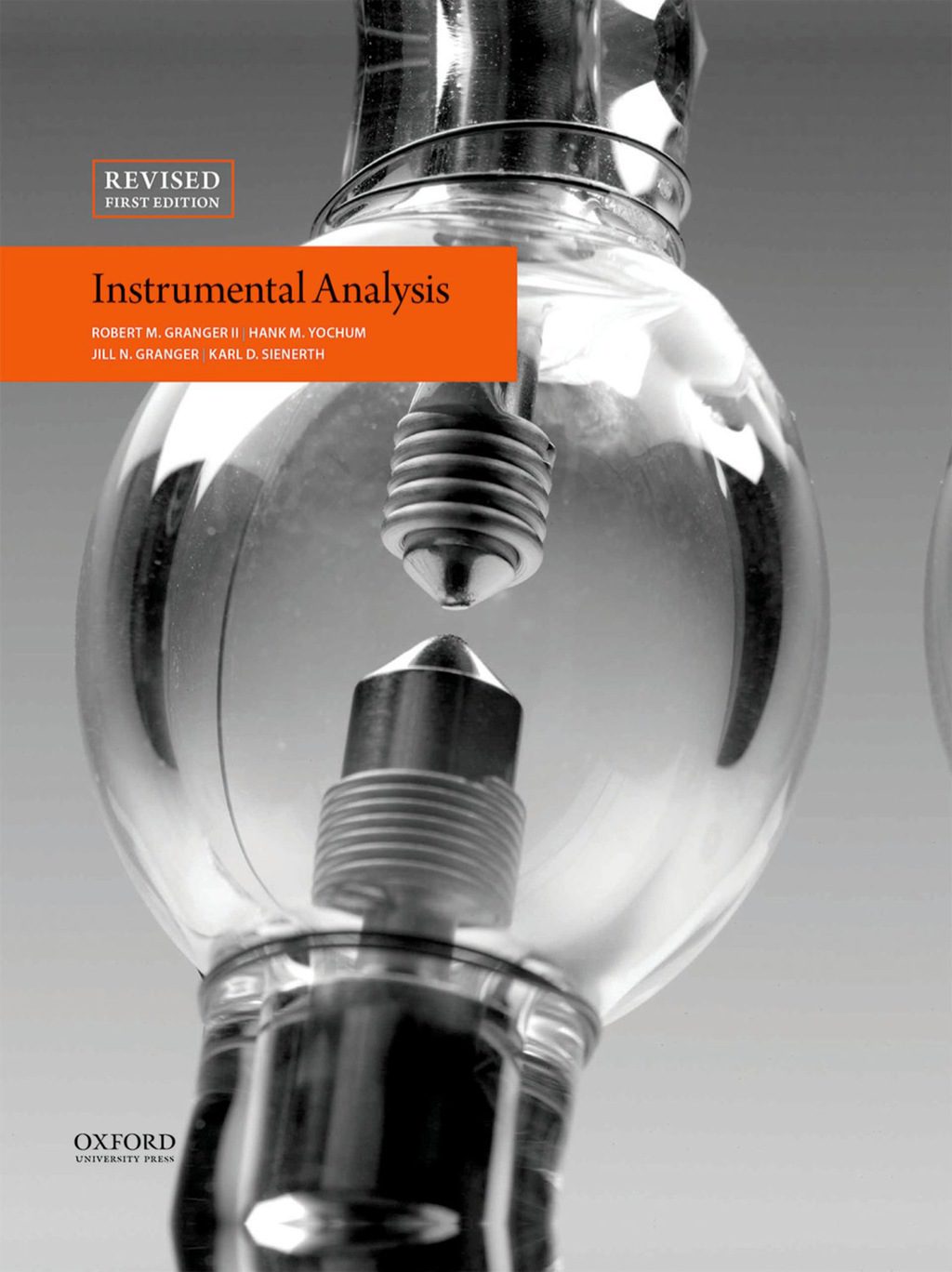
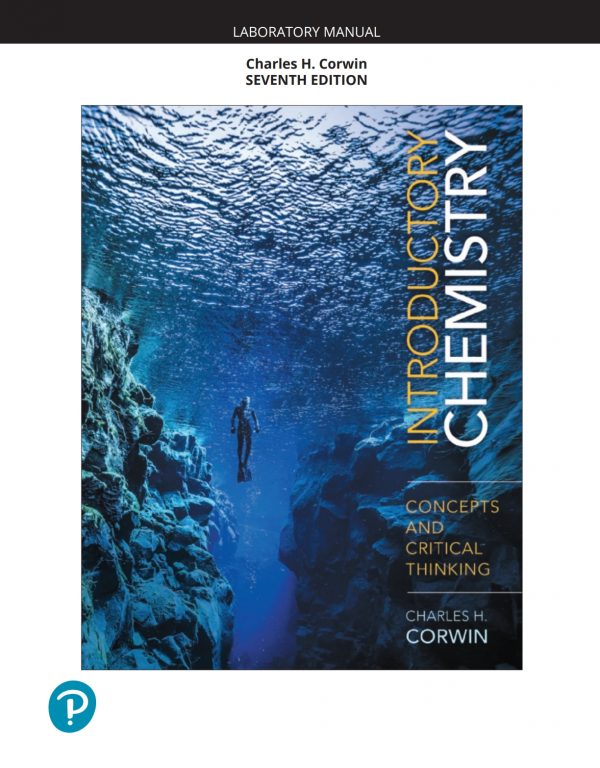
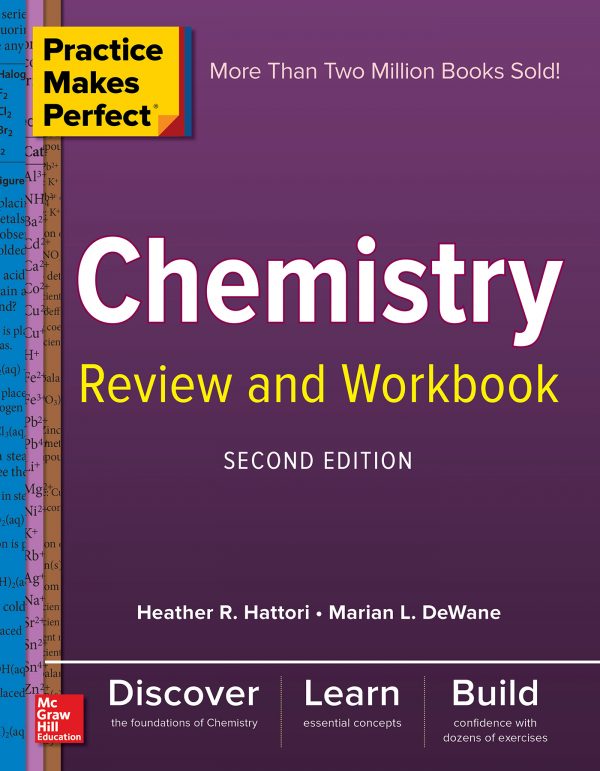
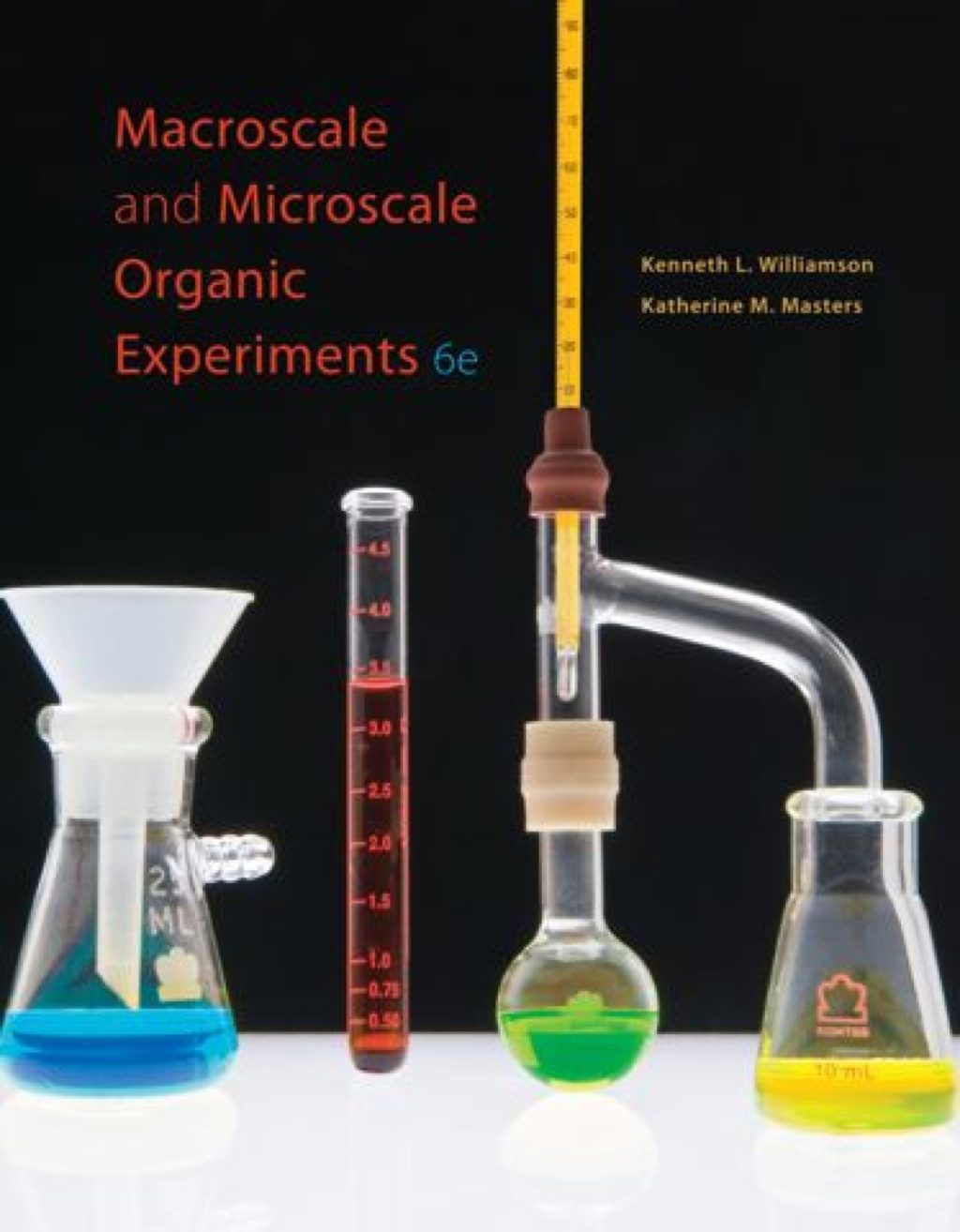
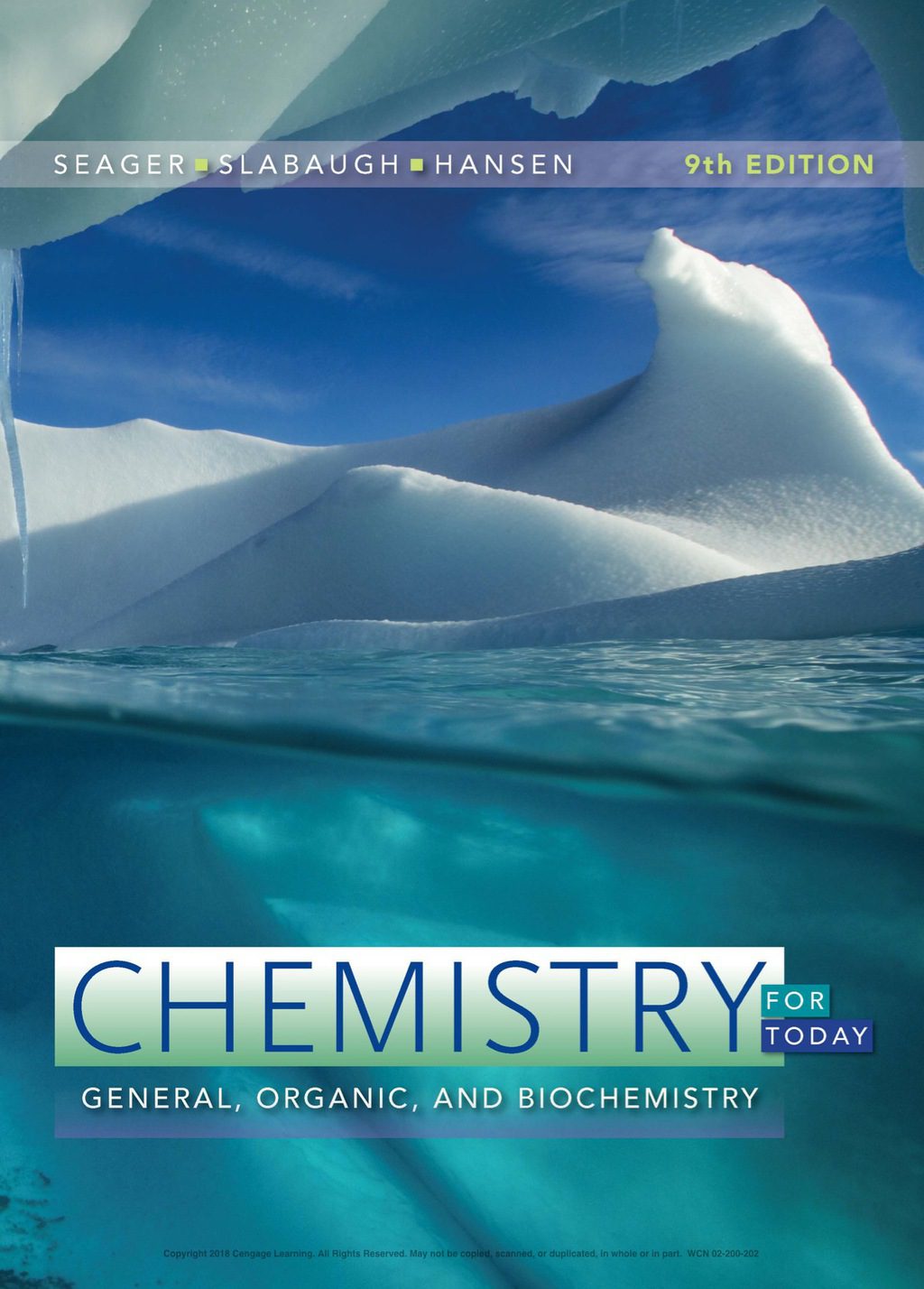
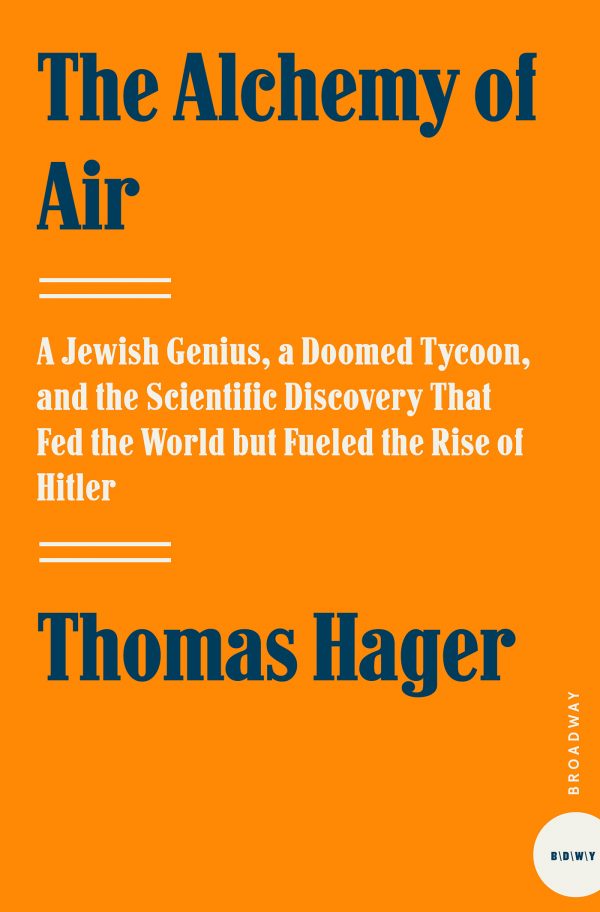
Reviews
There are no reviews yet.